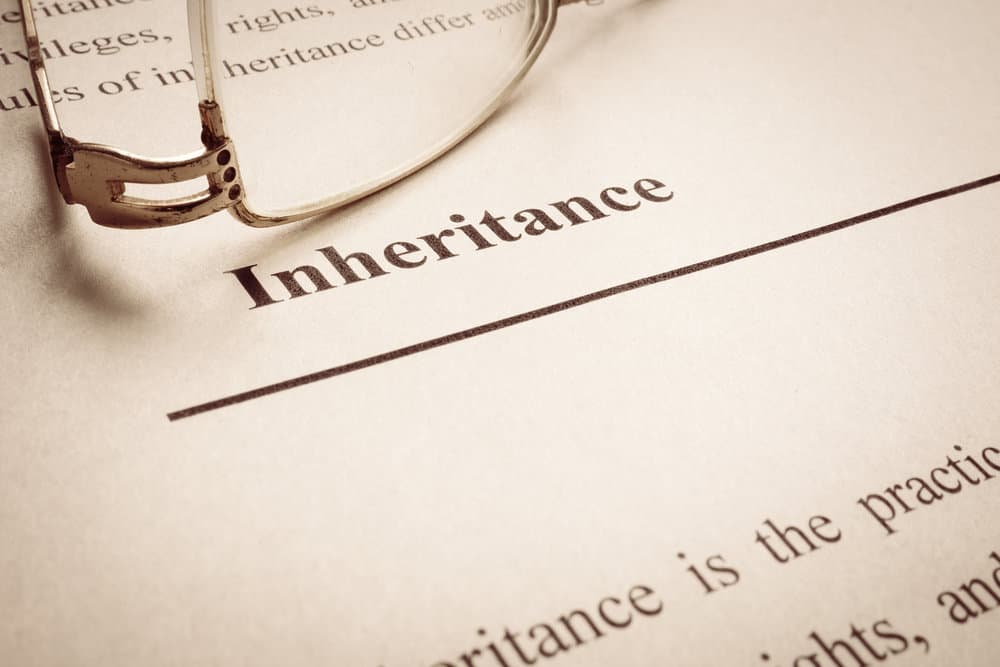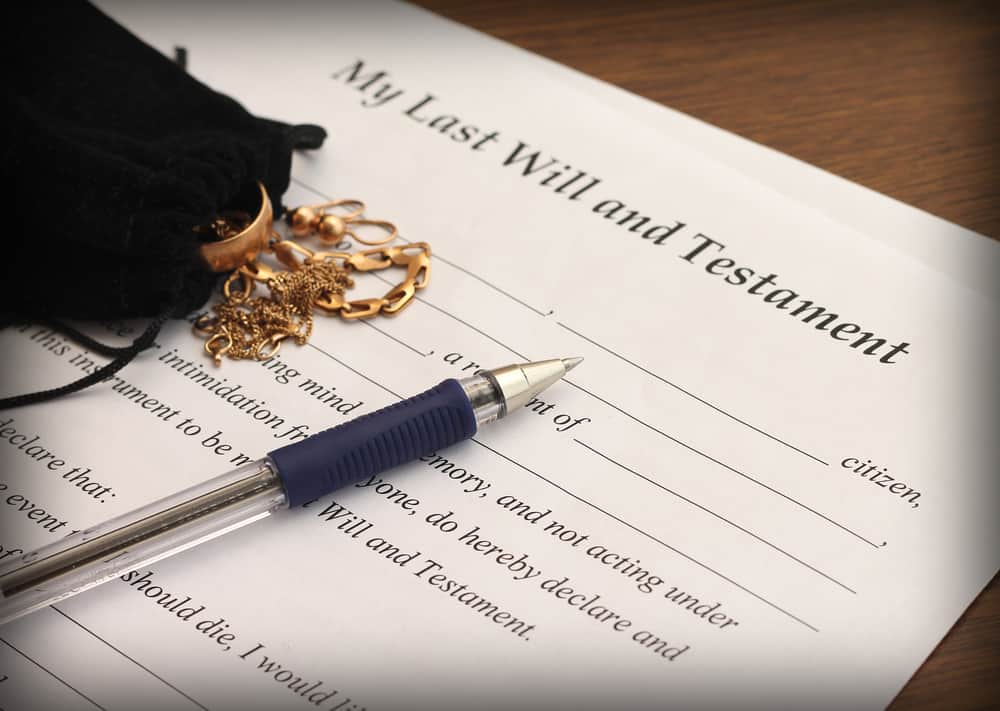Most people only think about inheritance laws and what happens when someone dies without a will, known as intestacy, once they have to. This lack of familiarity and planning can lead to a lot of misunderstandings.
Specialists in the field often see the same misconceptions about who gets what and how it’s all figured out, according to Blanchards Inheritance. They’re in the business of clearing up these mix-ups, guiding people through the inheritance process, and tracing family trees for estates when there’s no will to point the way.
Distinguishing Adoption and Fostering Laws
In cases of intestacy, individuals who have been fostered have no claim to any part of the estate unless they have been formally adopted into the family. There exists a widespread misconception that fostering and adoption are governed by the same laws in intestacy, but this is not the case.
Informal fostering arrangements were prevalent in the early 20th century, yet they did not impact the distribution of an estate. Dealing with intestacy and relatives from this era may still present challenges, particularly in cases of informal adoptions without proper documentation.

Recognition of Common Law Marriages
Contrary to popular belief, a partner in a common law marriage does not possess the right to inherit an intestate estate, regardless of the duration of the relationship. The term “common law” does not hold any legal weight or confer any legal standing.
Consequently, cohabitants do not have automatic legal entitlements, even if their relationship has endured substantially. However, an unmarried partner might be eligible to claim under the Inheritance (Provision for Family and Dependants) Act 1975, provided they meet the necessary criteria.
In cases where a marriage certificate is unavailable, alternative methods must be utilized to verify the existence of any children born during the partnership.
Considerations for Blended Families
In modern society, blended families are becoming ever more common due to various factors such as divorce and the presence of illegitimate children. It is important to note that stepchildren do not have the same inheritance rights as legally adopted or biological children.
Intestacy laws in England and Wales similarly treat full siblings, entitling them to inherit without a living spouse, parents, or children. However, half-siblings are excluded unless no full siblings are present. In scenarios where full siblings of the deceased have passed away, their children will inherit their share.
Additionally, divorced spouses are not eligible to claim an estate according to intestacy rules. There is a prevalent misconception that separated couples who are not legally divorced will not inherit anything, which is inaccurate. Separated spouses remain entitled to the estate if no legal divorce has been finalized, emphasizing the importance of ensuring the completion of a Decree of Absolute.
Insights on Extended Family Inheritance
Under the rules of intestacy in England and Wales, second cousins do not possess any inheritance rights. Confusion may arise when individuals mistakenly believe they are second cousins when in reality, they are first cousins once removed, meaning they are the children of first cousins. To clarify, first cousins share a grandparent, while second cousins share a great-grandparent.
When the deceased has no surviving spouse, parents, siblings, children, or grandparents, whole-blooded aunts and uncles are eligible for inheritance. If the aunts and uncles have passed away, their children (the deceased’s first cousins) will be entitled. If the first cousins are also deceased, their lines will follow in line to inherit, referred to as the deceased’s first cousins once removed.
Importance of Gathering Relevant Documents in Probate Genealogy
To ensure the accuracy of the family tree, it is imperative to document all pertinent events, including births, adoptions, marriages, and deaths, and to obtain copies of wills and grants of representation. While not all genealogists adhere to this method due to the associated costs for obtaining certificates, failure to do so may expose the estate and ourselves to potential risks.
The comprehensive acquisition of relevant certificates has proven to reduce unexpected inaccuracies significantly. Specifically, death certificates have been instrumental in identifying additional children, while marriage certificates have brought to light previous marriages and previously unknown children. This proactive approach is essential to preventing errors due to incomplete or insufficient genealogical information.




